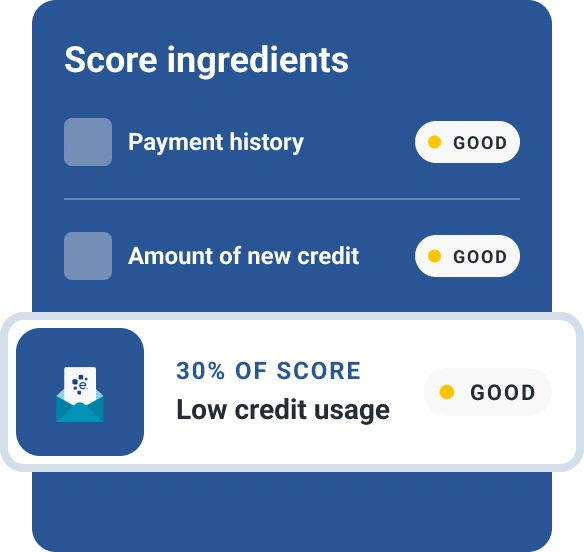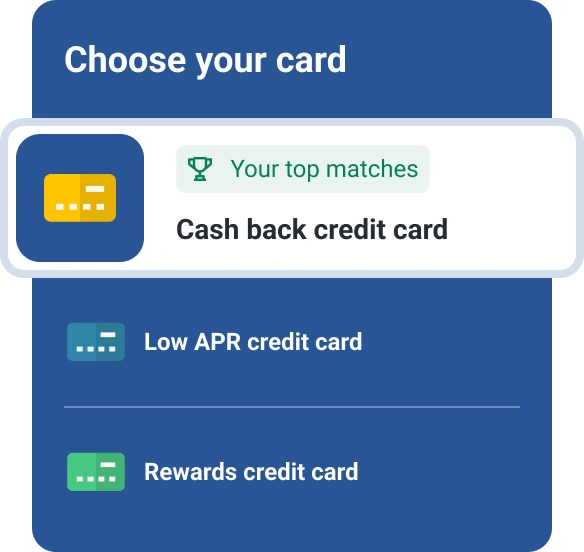How to Make a Holiday Budget
Quick Answer
You can make a holiday budget by looking over last year’s spending, considering all holiday expenses, setting spending limits, deciding how you’ll pay for expenses, finding ways to save, tracking spending and preparing for next holiday season.

Holiday spending can quickly become overwhelming if you aren't prepared. Between gifts, decorations, travel and entertaining, it's easy to overspend and rack up new debt.
A well-crafted holiday budget is your best defense. When done right, a budget can help you enjoy the season without breaking the bank. In that spirit, consider these seven holiday budgeting tips.
1. Review Last Year's Spending
Last year's holiday spending can be a good jumping-off point when making this year's budget. Start by looking back on your debit and credit card statements from last holiday season, which you should be able to pull up online. Seeing the numbers in black and white can help you clarify your spending habits—and set realistic expectations for this year.
Don't forget to account for inflation and tariffs. While inflation has gone down slightly, the price of consumer goods was up 3% from the same period last year, according to October 2025 data from the U.S. Bureau of Labor Statistics. Plus, businesses are now passing the cost of tariffs on to consumers, resulting in higher prices for goods. In other words, your holiday shopping might cost more this year.
Learn more: How to Financially Prepare for Tariff Price Increases
2. Consider All Holiday Expenses
You can't make a budget if you don't know your expenses.
Holiday spending can include:
- Gifts for friends and family, as well as presents for gift exchanges like secret Santa
- Decorations such as lights, ornaments, a Christmas tree and lawn décor
- Travel expenses
- Food and entertaining
If you're self-employed or a career freelancer, you may also need to plan ahead for unpaid time off.
3. Set Spending Limits
Once you're clear on your holiday expenses, think about how much you can reasonably spend in each category. Sharing this number with close friends and family might not be a bad idea either. For example, you might set a $75 limit for family gift giving, or a $30 cap on secret Santa exchanges. Gifts aside, it's also wise to put financial boundaries around how much you can spend on traveling, hosting get-togethers and buying decorations. The goal is to assign a rough dollar amount to each holiday spending category.
4. Decide How You'll Pay for Holiday Expenses
Once you're comfortable with your spending limits, the next step is to figure out how you'll cover them. You might choose to:
- Include your expenses in your monthly cash flow. Add your holiday costs to your budget and cover them with your regular monthly income.
- Pull money from your savings as needed. If you go this route, make a plan to replenish those funds as soon as possible. For example, if you withdraw $500 for holiday spending, you could set aside $100 per month going forward to set things right again. Consider it a repayment plan you're making with yourself.
- Use a rewards credit card. With a rewards credit card, your holiday spending could earn you cash back, airline miles, hotel perks or other rewards. Just be sure to pay off your balance at the end of each billing cycle. Carrying a balance from month to month could mean paying interest on your purchases, which will likely negate any rewards. Charging holiday expenses you can't afford could also put you in a debt cycle and damage your credit.
Learn more: How to Adjust Your Budget Now for Holiday Spending
5. Find Ways to Save
There are plenty of ways to save money this holiday season (and beyond). Here are a few ideas to help your holiday budget go a little further:
- Shop around and compare prices before buying gifts.
- Follow brands on social media and keep an eye out for sales.
- Look for discounts and coupon codes.
- Cancel unused subscriptions and redirect your savings.
- Try a savings challenge in the run-up to the holidays.
- Start meal planning and curb your restaurant visits.
Learn more: How to Save Money During the Holidays
6. Keep Track of Your Spending
When it comes to budgeting for the holidays, you'll want to pay attention to how much you're spending. Remember those spending limits you created earlier? Tracking your spending can help you stick to them. One simple way to do this is to keep your holiday shopping list as a note in your phone. Next to each category, put the amount you're able to spend.
For example:
- Mom's gift: $50
- Holiday travel: $400
- Secret Santa gift: $25
- Decorations: $75
Whenever you make a holiday purchase, deduct that amount from the corresponding total. You can also track your spending with an app or by reviewing your debit and credit card transactions. What matters most is being aware of what you're spending.
Learn more: Best Budgeting Apps
7. Get a Jump on Next Holiday Season
It's never too early to start padding your budget for the holidays. If this season is already underway, look ahead to next year and start saving in January. Let's say your total holiday budget is $1,000. If you put aside $100 a month, you'll meet your goal by October. (Saving little by little is the idea behind sinking funds.) You can also put a portion of cash windfalls, like side gig income and tax refunds, toward your holiday budget.
Learn more: How to Save Money Now for Holiday Gifts
The Bottom Line
Taking the long view can help you make a strong holiday budget—and avoid holiday debt. Just be sure not to neglect your other financial goals in the process, like paying down high-interest debt and improving your credit score. You can check your FICO® ScoreΘ and credit report for free with Experian.
Want to lower your monthly bills?
We’ll negotiate bills for you and cancel unwanted subscriptions.
Get startedAbout the author
Marianne Hayes is a longtime freelance writer who's been covering personal finance for nearly a decade. She specializes in everything from debt management and budgeting to investing and saving. Marianne has written for CNBC, Redbook, Cosmopolitan, Good Housekeeping and more.
Read more from Marianne

